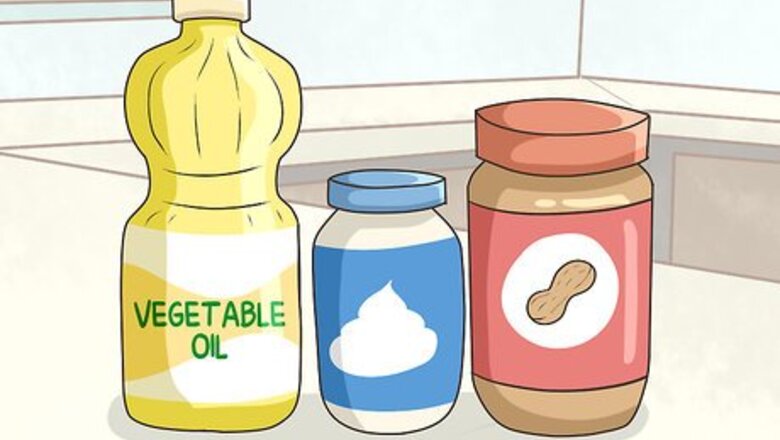
views
Choosing a Product
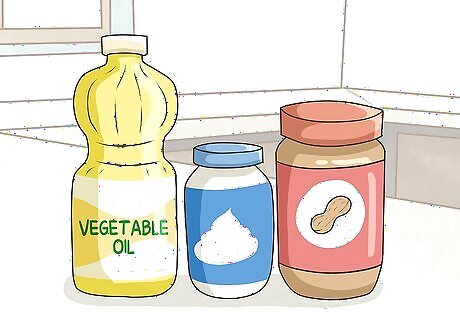
Use oil-based products for an easy option. Try vegetable oil, mayonnaise, or peanut butter. Baby oil is an option, too, particularly for thicker saps that you have a harder time getting out. You can also try pine oil. Find pine oil at most natural food stores, as well as natural remedy stores.
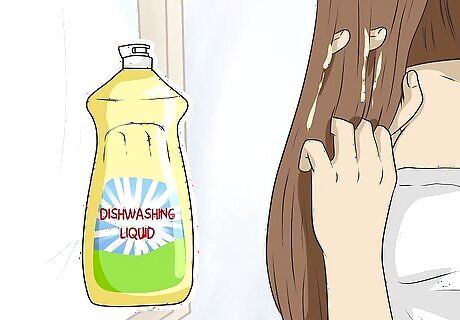
Try a degreasing soap to cut through the oil in the sap. For instance, you can try a bit of dishwashing detergent since it cuts down on grease. Another option is mechanic's hand degreaser, which tends to be fairly mild, but is made to cut through grease. You can find mechanic's hand degreaser online or at auto parts stores.
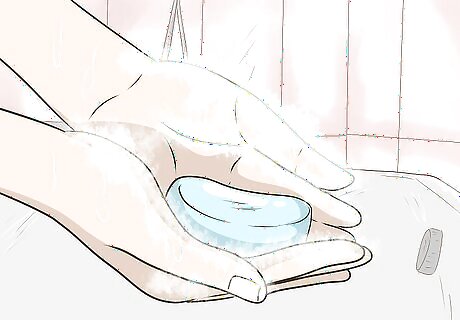
Use a pure bar soap if it's what you have on hand. Some of the pure bar soaps, such as Ivory, will cut through the sap, so try one out if that's all you have around your house. Try one without heavy perfumes and dyes. It's simple and effective. Oil-heavy soaps, like a deep conditioning treatment, can also help you break apart sap.
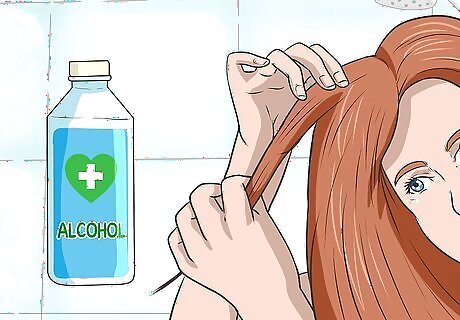
Apply rubbing alcohol to stubborn sap. Rubbing alcohol helps remove a lot of sticky messes, so it's a good option to try here. If you're away from home, try hand sanitizer or alcohol-based hand wipes, which might also work. You can even use something like vodka or other high-proof alcohols if that's what you have.
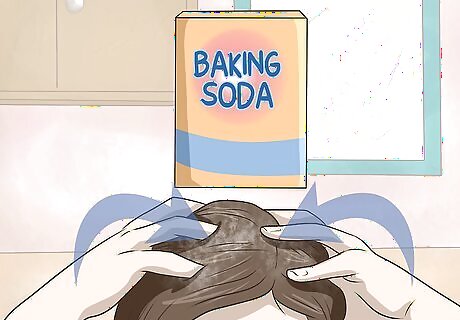
Scrub your hair with baking soda if the sap won't dissolve. Pull that baking soda out of your kitchen cabinet. Baking soda should slowly dissolve the sap, and it won't harm the hair at all. Baking soda is relatively gentle. You can even use it on your hair to remove a buildup of conditioner.
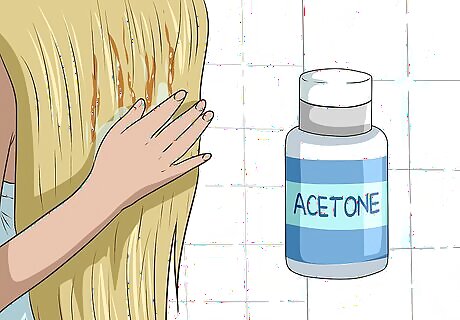
Try nail polish remover as a last resort. If nothing else is working, an acetone-based nail polish remover may work. However, make sure that you do not get this into your eyes! Acetone may dry out your hair. Plus, it's more dangerous to use around your eyes.
Applying the Product
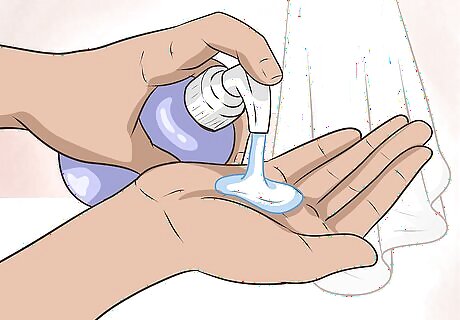
Add the product to a washcloth or your hands. Pour or use a spoon to add a quarter-sized dollop of the product to the washcloth or your hand. For instance, you can add a spoonful of mayonnaise, degreasing soap, oil, or peanut butter to the washcloth. For bar soap, rub the soap into the wet rag to make it sudsy before using the rag on your hair. With products like alcohol or acetone, wet the rag with the alcohol or acetone rather than with water. For baking soda, sprinkle it on the damp rag or the hair. You may need to heat peanut butter up with a hair dryer or put it in the microwave for a few seconds. It should be almost pourable.
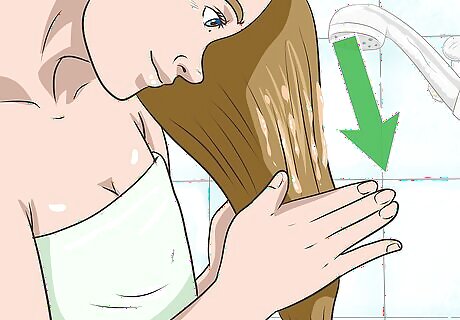
Rub the product into the hair. With the washcloth or your hands, gently rub the sap-covered area with whatever product you've chosen. Use your fingers to break up clumps and massage the product into your hair. For some products, like baking soda, let it sit on the area for a few minutes after you rub it in. Pine sap may work better after sitting, too.
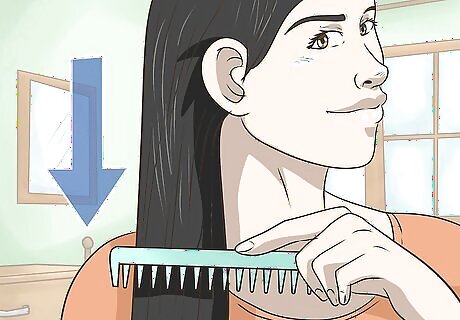
Comb the product into your hair. Combing the area will help remove sap clumps, as well as ensure the product is evenly distributed. Use a straight-tooth comb and pull it gently through the area. If you hit a stubborn clump, don't try to yank the comb through, as you could yank out hair. Instead, massage more product into the area, and try to break up the clump with your fingers through the washcloth.
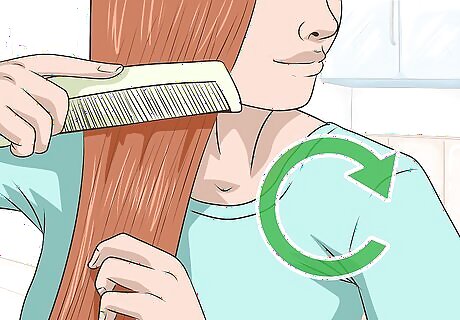
Repeat the process as needed. If the sap isn't gone, add more product to the hair and massage it again. You can try different products to see if they work better on the particular sap that's causing you trouble. Avoid mixing baking soda and acetone or baking soda and alcohol. Repeat the process 2-3 times as needed to get all of the sap out.
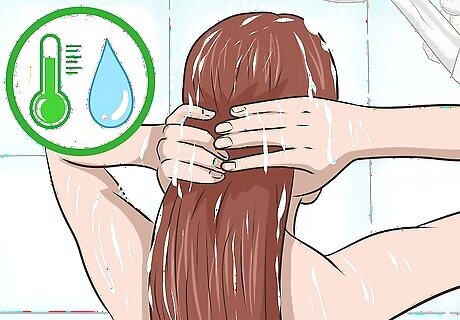
Rinse the product out thoroughly. Use warm water to rinse out the area. It may be best to get in the shower or bathtub for this part so you can run a lot of water through the hair. Use your fingers to feel for any leftover sap.
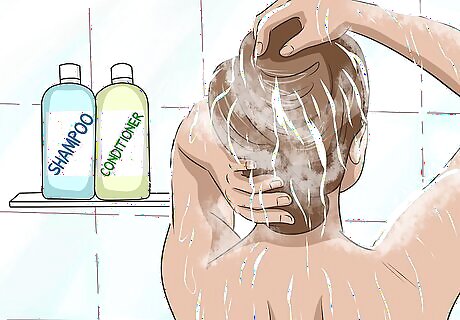
Wash and condition the hair like you normally would. Once the sap is gone, shampoo the hair to get rid of any leftover product. Use conditioner, too, as some of the products, such as alcohol, can be drying to the hair.




















Comments
0 comment